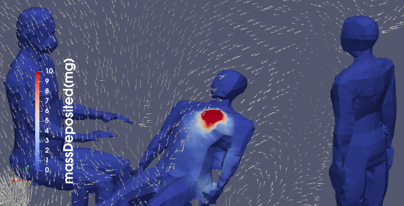In-situ modelling tests conducted by ESI Group in a hospital dental treatment room have demonstrated that Rensair’s portable, hospital-grade air purifier can achieve clearance in just 1.3 minutes, delivering an air change rate of 12.6 Air Changes per Hour (ACH) when …
more

